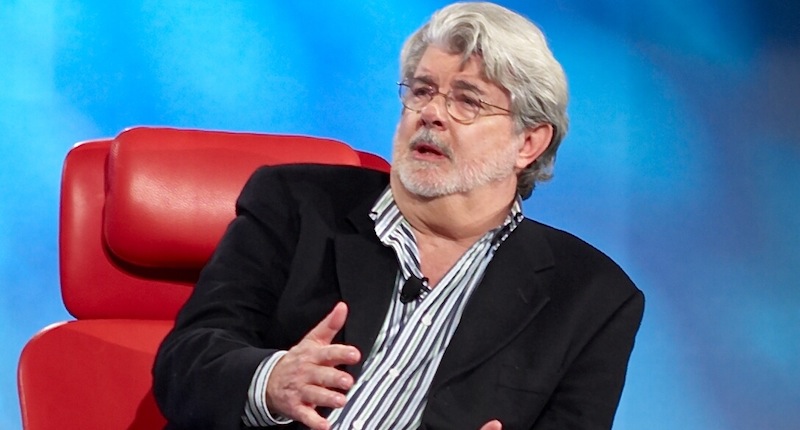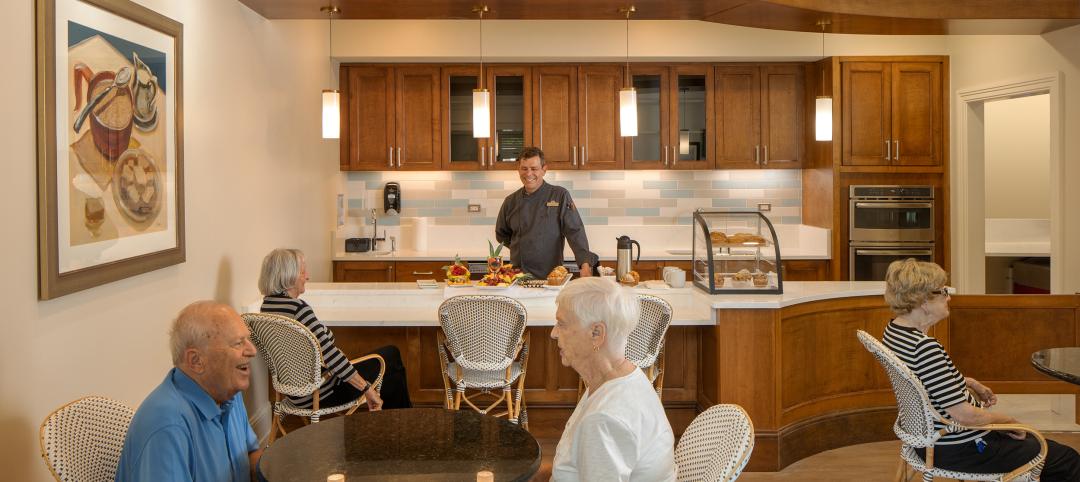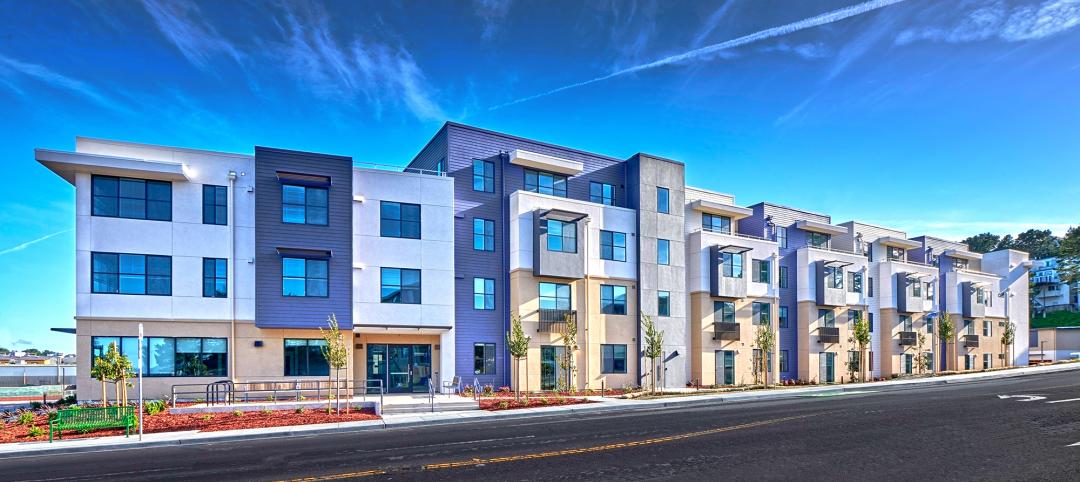“Star Wars” creator George Lucas has submitted plans to the Marin County (Calif.) Development Agency to build 224 units of affordable workforce and senior housing on 52 acres at Grady Ranch.
This proposal is the latest broadside in an ongoing battle between Lucas and residents of this affluent neighborhood who, in the past, have blocked Lucas’s efforts to expand his production company, Lucasfilms. Two years years ago, Lucas also encountered opposition to his plan to sell land at Grady Ranch to a developer for affordable housing.
Lucas, who has owned land in Marin County since 1978 (that property is called Skywalker Ranch), said he would build the housing himself, but that project lost its financial backing in 2013. The Marin Independent Journal reported at the time that the costs for the project would fall somewhere between $120 million and $150 million.
Now, Lucas—whom Forbes estimates is worth $5.1 billion—says he will finance 100% of the housing project, according to Gary Giacomini, former county supervisor and an attorney for Skywalker Properties.
The initial reactions to Lucas’s latest proposal have been mixed, with one local supervisor worrying about the “cumulative impact” of a project that large on the community. Other supervisors see the proposal as an opportunity to make a dent in the county’s shortage of affordable housing. Thomas Peters, CEO of the Marin Community Foundation, called Lucas’ plan an “extraordinary offer” that underscores the filmmaker’s commitment to the housing needs of the vibrant workforce that drives the region’s vitality. (Ironically, the Foundation was the financial backer that bailed on Lucas’s housing plans two years ago.)
Lucas’s proposal call for 120 two- and three-bedroom workforce rental homes in one four-story cluster and two two-story clusters. There would also be 104 one- and two-bedroom residences for seniors in a four-story cluster, according to the Independent Journal. Zoning at Grady Ranch allows for up to 324 homes at this site, which is where Lucas had originally intended to expand his studio facilities.
The architect for this project is Robert W. Hayes of Sausalito, and the project is being coordinated and managed by PEP Housing of Petaluma, which developed Toussin Senior Apartments, an affordable complex that Hayes had designed.
Applicants for the workforce housing need to be earning less than 80% of the market’s median household income. The seniors applying for housing need to fall within 30% and 60% of that median. Quoting Census estimates, the Washington Post reports that 7.7% of the county’s residences live below its $90,839 median income level.
Related Stories
Multifamily Housing | Jan 12, 2023
8 noteworthy multifamily housing projects, including a refuge for unsheltered youth
Join us on a nationwide tour of notable new multifamily projects from around the country.
Senior Living Design | Jan 10, 2023
8 senior living communities that provide residents with memory care
Here are eight senior living communities that offer their residents memory care, an important service for residents who need this specialized care.
Government Buildings | Jan 9, 2023
Blackstone, Starwood among real estate giants urging President Biden to repurpose unused federal office space for housing
The Real Estate Roundtable, a group including major real estate firms such as Brookfield Properties, Blackstone, Empire State Realty Trust, Starwood Capital, as well as multiple major banks and CRE professional organizations, recently sent a letter to President Joe Biden on the implications of remote work within the federal government.
Multifamily Housing | Jan 9, 2023
New York City advances plan to build 500,000 new housing units
After New York Mayor Eric Adams announced a “Moonshot” plan to build 500,000 new housing units over the next 10 years in early December, he moved quickly to jumpstart the process.
Sustainability | Jan 9, 2023
Innovative solutions emerge to address New York’s new greenhouse gas law
New York City’s Local Law 97, an ambitious climate plan that includes fines for owners of large buildings that don’t significantly reduce carbon emissions, has spawned innovations to address the law’s provisions.
Fire and Life Safety | Jan 9, 2023
Why lithium-ion batteries pose fire safety concerns for buildings
Lithium-ion batteries have become the dominant technology in phones, laptops, scooters, electric bikes, electric vehicles, and large-scale battery energy storage facilities. Here’s what you need to know about the fire safety concerns they pose for building owners and occupants.
Multifamily Housing | Dec 29, 2022
San Jose is largest U.S. city to abolish minimum parking for new housing
San Jose, Calif., recently became the largest U.S. city to strike down minimum parking requirements for new housing development. The city reversed zoning devised in the 1950s that reputedly gave it the worst sprawl of parking space in northern California.
Codes and Standards | Dec 29, 2022
New York City multifamily owners concerned over fires caused by e-bikes
In 2022, there have been nearly 200 fires and six deaths in New York City caused by lithium-ion batteries used in mobility devices such as electric bikes and scooters.
Multifamily Housing | Dec 27, 2022
Traverse Apartments brings 281 sorely needed rental units to the Denver area
Traverse Apartments offers 281 units, designed by KTGY, is located in Lakewood, Colo.
Multifamily Housing | Dec 21, 2022
Bay Area school district builds 122 affordable apartments for faculty and staff
The 122 affordable apartments at 705 Serramonte, Daly City, Calif., were set aside not for faculty and staff at Jefferson Union High School District.

















